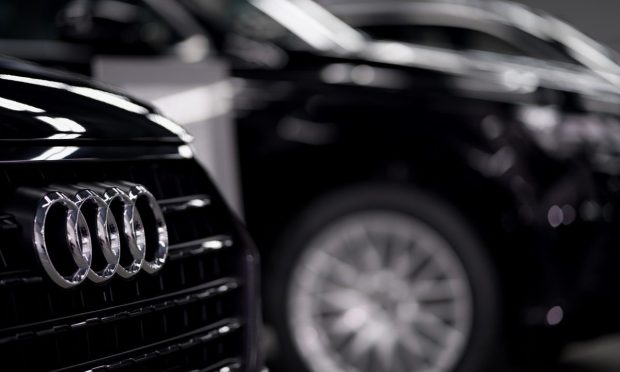Cellular Vehicle-to-Everything Gives Vehicles 360-Degree View, Safety

A car pulls away from a curb while a bicycle is approaching on the road from behind. A fast-moving vehicle illegally drives around a stopped school bus. An emergency vehicle nears an intersection, unseen by another vehicle.
These are common scenarios that result in road accidents, and they are ones that companies are aiming to mitigate with new connected technologies.
On Tuesday (May 24), Audi provided an update on its work in collaboration with mobility platform Spoke and other partners to use cellular vehicle-to-everything (C-V2X) technology to help prevent accidents between bikes and cars.
Detecting What Other Sensors Can’t
Audi is working with C-V2X that leverages LTE cellular signals and direct PC5 signals that do not rely on a cellular network to detect a cyclist, school bus or emergency vehicle and alert the driver of the car.
The company says C-V2X may be able to do this in circumstances that might trip up other sorts of sensors, such as cameras, radar and lidar — bad weather, faded road markings and obstacles.
To protect bicycles, the technology being developed would provide visual and audible warnings to both cyclists and drivers.
Paving the Way for Autonomous Vehicles
In April, Audi reported it was working with Navistar to develop C-V2X technology for that company’s emergency vehicles and school buses. Here, too, the connected technology would provide real-time warnings to the drivers of those vehicles and nearby Audi vehicles. It would also notify the driver of the car of the direction from which the emergency vehicle is approaching.
“While the transportation sector as a whole has made great safety improvements over the years, C-V2X technology is one major step toward safer mobility for drivers, students, paramedics, patients and more,” Audi said in a press release.
The company also reported that the development of these technologies for these use cases can facilitate the work on automated driving as well.
“In addition to bicycle safety use cases, Audi is also developing technology with the hopes of increasing safety for school bus users, school zones and construction zones, with further advancements for emergency vehicles expected to arrive in the future,” the automaker said in a press release. “The combination of all of these use cases and those that will be defined, represent a level of connectivity needed to enable automated driving, not yet available today.”
Reducing the Cost of Infrastructure
Other applications for C-V2X are being worked on by a partnership of Cisco and Verizon. Among them are using C-V2X to improve the safety at intersections controlled by traffic lights for last-mile delivery bots, robo-taxis, pedestrians, emergency vehicles and loaded trucks.
The companies are demonstrating the use of mobile edge compute (MEC), LTE connectivity and IoT networking technology to power these use cases without the need for expensive physical roadside units to extend radio signals.
“This test is a huge milestone in proving that the future of connectivity for IoT applications can be powered by cellular,” Verizon Director of Systems Architecture Krishna Iyer said in a press release.
